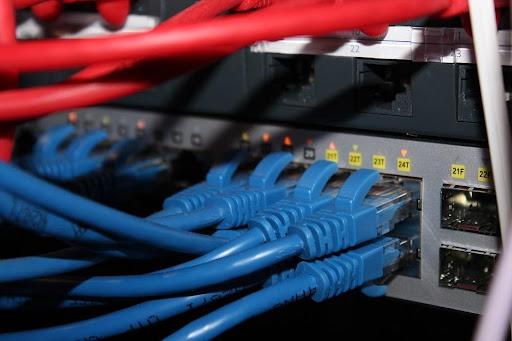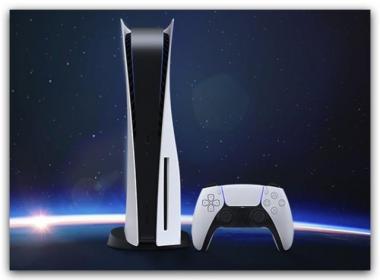
Cat6 ethernet cables have become one of the most popular and efficient ethernet cables nowadays. When it was first released, they were considered highly expensive compared to the Cat5E cables. But as time passed and people got to know and experience the benefits of Cat6 cables, the cost was considered worth it. If we compare Cat6 to Cat5E, Cat6 provides more bandwidth and more data transfer to support GB networking applications up to 250MHz. Cat6 also has compatibility with 10BASE-T, 100BASE-TX, Gigabit networks, and the previous versions of Cat ethernet cables.
There are many different types of Cat6 ethernet cables, each with a different set of applications and specifications. Different types include unshielded, shielded ethernet cables, Solid, stranded Cat6 cables, and CM, CMR, CMP Cat6 cables. We will discuss them in detail.
A single Ethernet cable run is designed to work at the most distance of one hundred meters (328 ft). Duration is longer than a good way to result in troubles together with dropped packets, decreased performance, and lack of sign when deploying Cat6 cable. The max duration of a Cat6 cable normally includes 90 meters (295 ft) of stability; the jack wall and patch panel consist of horizontal cabling plus five meters of stranded patch cable between each jack and the attached tool. For 10GBASE-T, an unshielded Cat6 cable should not exceed fifty-five meters.
Types of Cat6 Ethernet Cable
We will discuss the different types of Cat6 ethernet cables as mentioned above.
Unshielded Vs. Shielded Cat6 Cable
The unshielded Cat6 cable is also known as UTP. It consists of cable wires that are twisted together to get rid of crosstalk or noise. In contrast, the shielded ethernet cable of Cat6 is a twisted pair of cables wrapped in a foil shield to protect the cable against electromagnetic interference or EMI. These shielded cables are the best for high-speed internet requirements of where 10GBase-T networks are used—10GbE highly sensitive to EMI. In conclusion, we can say that the unshielded cables are suitable for an internet connection to run the cables between your computer and the walls. In comparison, the shielded ethernet cable Cat6 is more suitable for internet connections that require running cables inside walls or outdoors to reduce interference.
Solid Vs. Stranded Cat6 Cable
In these types of ethernet cables, copper is used for the electrical conductor. In solid Cat6 ethernet cable, a single copper wire is used for conduction, while in stranded cables, a series of copper wires are used for conduction purposes. The many copper wires provide stranded cables with some extent of flexibility and can be moved around on your desk. In contrast, the solid cables are not flexible, but they are highly durable and are the best choice for long-term installations either inside walls or as an outdoor shielded cable.
Due to high attenuation, stranded cable runs need to be kept quick to lower the threat of introducing even greater attenuation into the system. It's higher to keep the lengths of stranded patch cables beneath 6 meters. It is not unusual to use stranded patch cables for connecting computer community interface cards (NICs) and retailers or between concentrators and patch panels, hubs, and other rack-set-up gadgets. Solid vs. Stranded Conductor Cable will, in addition, explain their variations.
CM Vs. CMR Vs. CMP Cat6 Cables
Cat6 CM ethernet cables have the least jacket ring requirements and are suitable to be installed in tall commercial buildings and inside a residence. Cat6 CMR ethernet cables are considered to be Riser-Rated. It consists of risers or vertical shafts that prevent any fire from spreading on floors.
Cat6 CMP ethernet cables are plenum-rated cables. The cover of the CMP cable is made of such a material that prevents any fire from spreading and does not release any toxic gas or smoke when burned off. Therefore, it's fit for plenum spaces in which the constructing's air ducts are linked for heating, airflow, and air conditioning, including raised flooring and drop ceilings. Most homes do not have giant plenum spaces, so plenum cabling is rarely a subject for residential installations. With such applications stated, you can now determine the differences between these cables and their relative worth.
Conclusion
Knowing about all the types of ethernet cables, you can now easily determine what type of Cat6 ethernet cable suits your installation's requirements the best. Whether you need a shielded ethernet cable next to power for indoor installation or an unshielded one for more normal use. By asking such types of questions, you can identify your needs as well as the solution to them.
Also read about:
Try Some Attractive Modes of Business Branding
Increase Brand Awareness and Attractive Trade Show Displays
Why Electronic Signature Software is BEST over Wet Signing








